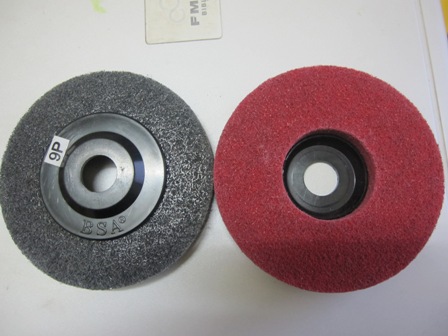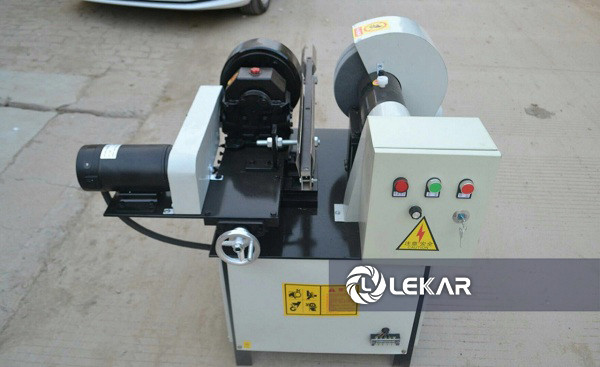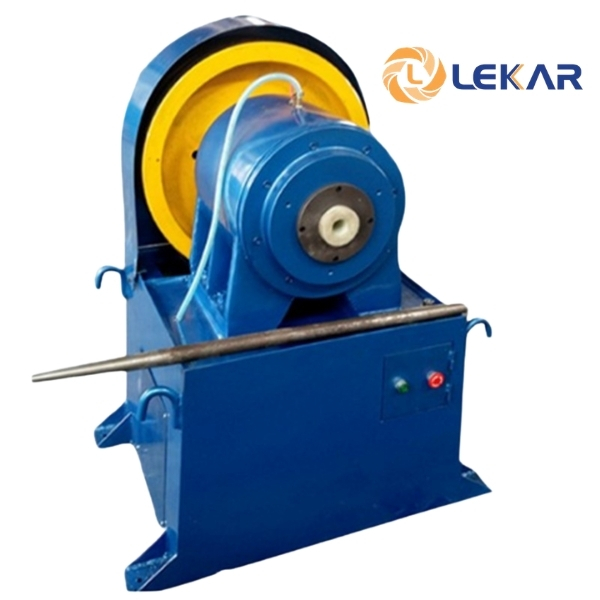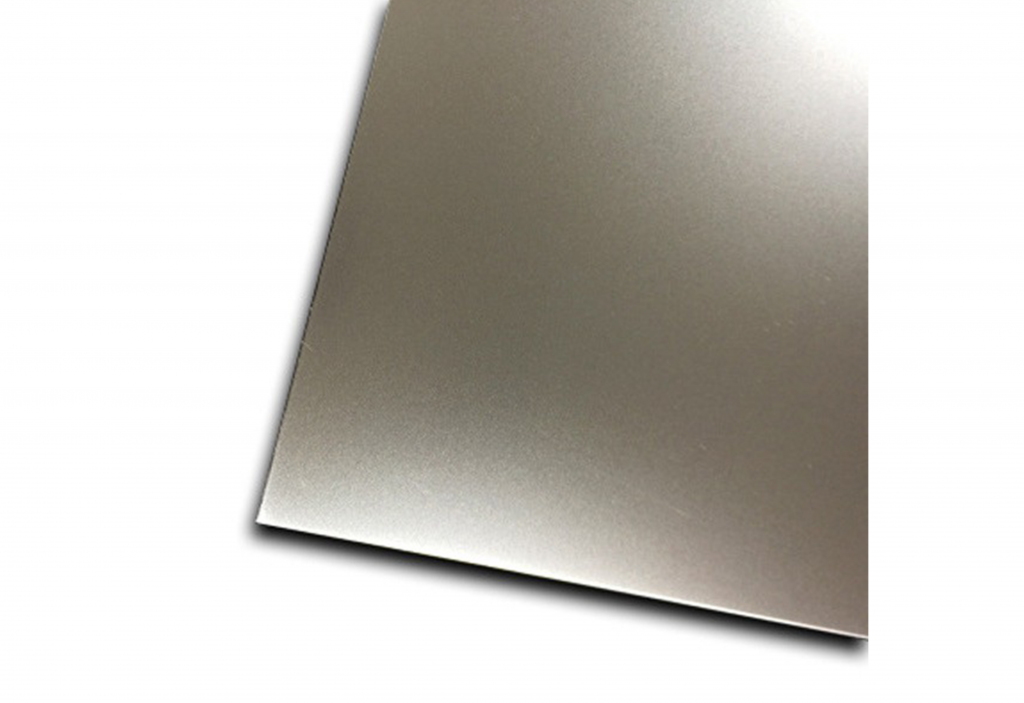What is sandpaper used for ? How do you use sandpaper ? These are common questions people ask when they need to work with this material. The following article provides an overview of sandpaper and its applications.
Sandpaper is an abrasive material widely used in daily activities and various industries. The use of sandpaper sheets delivers excellent results in creating products with high aesthetic value, and their benefits are evident across many modern industrial fields.
1. What is sandpaper used for?
1.1 Sandpaper functions as an abrasive tool.
Sandpaper is made from abrasive grains that are evenly arranged on a paper backing. It works similarly to a saw, but instead of cutting, it grinds and wears down surfaces.
Sandpaper can be used to abrade materials such as metal, wood, or concrete, removing rough or uneven layers to prepare the surface for further processing. Notably, it is often used to strip away old paint coatings in preparation for repairs or for applying a fresh finish.
In the woodworking industry, sandpaper not only serves to abrade surfaces but also helps to round off edges, making the product smoother and easier to work with. The grit particles in industrial-grade sandpaper significantly enhance target-breaking efficiency.
1.2 Sandpaper is applied for polishing as well as coarse surface sanding
Polishing metal is one of the outstanding applications of sandpaper. Sandpaper is used to polish materials by increasing friction, softening, smoothing, and evening out the surfaces. Once the materials are polished, further processes such as painting or applying protective varnish can be carried out. These steps give the product a fresh new finish and help prevent issues like insect infestation or rust formation.
2. Recommended usage
Currently, there are many types of sandpaper available on the market, produced with different standards to suit the specific purposes of each industry. Many types of sandpaper are specially designed for either dry or wet use, and some can be used for both dry and wet sanding, with varying grit sizes and quantity sizes, yielding different results for the product.
For dry sanding, you will use the sandpaper to rub directly on the surface that needs sanding. For wet sanding, you can place the surface under a running (small) stream of water and rub directly. Alternatively, you can dip the sandpaper into water, wring it out, wet the area to be sanded, and then gently rub the surface. Afterward, use a soft cloth or a damp towel to wipe away any debris. Wet sanding is commonly used in the automotive painting industry, helping to polish the surface before painting. This is often referred to as filler sanding or primer sanding, which ensures a smooth surface and prevents issues such as bubbling or running of the paint
Sandpaper has now become a familiar tool in many different industries. It is used as a versatile tool to abrade rough surfaces, remove rust, or eliminate a layer of material from the surface.
For more detailed information about sandpaper types and polishing materials, please contact:
LEKA METAL POLISHING TECHNOLOGY JOINT STOCK COMPANY – LEKAR GROUP
Head Office: Unit No. 11, Louis VII Street, Louis City Urban Area, Dai Mo Ward, Hanoi.
Northern Branch: Lai Xa Industrial Cluster, Hoai Duc Commune, Hanoi. Tel: 02437 646469.
Southern Branch: Nam Tan Uyen Industrial Park, Tan Hiep Ward, Ho Chi Minh City. Tel: 02873 033386.
**Các bài viết liên quan:








